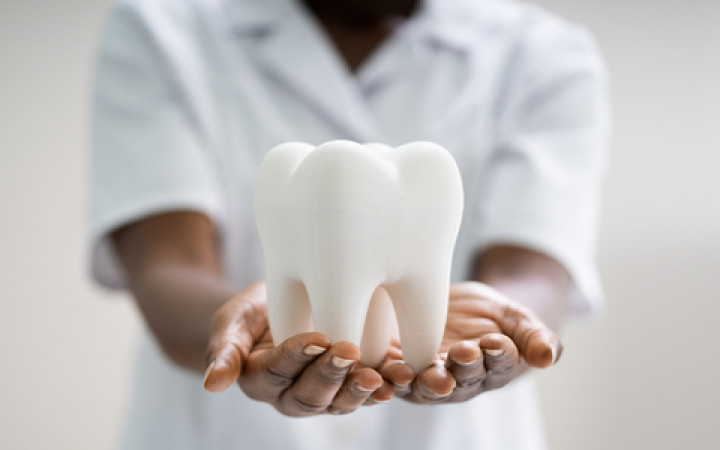Today’s Wonder of the Day was inspired by Elise. Elise Wonders, “What is a dentist?” Thanks for WONDERing with us, Elise!
Do you like going to the dentist? Opening your mouth wide, getting your teeth cleaned…maybe getting a fluoride treatment or sealants placed? Maybe this time you have to have a cavity filled. Hopefully you get a reward at the end! Going to the dentist isn’t always fun, but it is important for the health of your mouth and your whole body. And being a dentist is a very important job. You may have noticed that most dentists are men. Have you ever WONDERed, who was the first female dentist? And, was it hard for women to become dentists?
A long time ago, dentists did not go to school to learn their work. They learned from other dentists. Even when dental schools opened in the U.S., they did not accept women students. Only men were allowed to attend. The first woman dentist in the U.S., Emeline Roberts Jones, learned this way. Her husband was a dentist. She secretly taught herself how to do dental work, like fillings, on teeth he had left behind. Finally, her husband let her join his dental practice. In 1855, she became the first woman dentist in the U.S. After her husband died, she continued to practice dentistry on her own. Then she taught her son to be a dentist as well!
Emeline Roberts Jones was a professional dentist without ever attending dental school. The first woman to graduate from a dental school was Lucy Hobbs Taylor, in 1866. Lucy Hobbs Taylor had first wanted to become a doctor, but medical schools would not allow her to study there. At first, dental schools would not allow her as a student, either. However, one dentist—Jonathan Taft, Dean of the Ohio College of Dental Surgery—agreed to teach her. She learned in his office, since the college would not admit her. She opened her own practice in 1861. Finally, in 1866, the Ohio College of Dental Surgery allowed her to go to school there. She had already been a dentist for five years! They only asked her to go to one class before they allowed her to graduate.
Emeline Roberts Jones and Lucy Hobbs Taylor had to fight hard to win the right to study dentistry. Many female dentists like them also fought for other rights for women—like the right to vote! It was even harder for women of color to get the chance to learn dentistry. The first Black female dentist was Ida Gray Nelson Rollins. Like Lucy Hobbs Taylor, Nelson worked with Jonathan Taft. Taft taught her, and encouraged Nelson to go to the University of Michigan dental school. She graduated in 1890 and practiced dentistry in Chicago for many years.
Ready for more firsts? The first Asian American female dentist was Faith Sai So Leong. She was born in China. She was adopted, in the U.S., as a teenager. Her cousin, a dentist, encouraged her to try dentistry. In 1905, she graduated from dental school in San Francisco. She practiced dentistry there and in Oakland, California. She worked with the Asian American community there for the rest of her life.
The first American Indian female dentist is Jessica Rickert. She is a Potawatomi American Indian. She graduated from dental school at the University of Michigan in 1975. She worked as a dentist for many years. Now, she works to help other American Indian people become dentists. She also works with American Indian tribes in Michigan to improve dental care and dental health.
These women dentists did not just work—they excelled. There are many other inspiring female dentists in history. M. Evangeline Jordon, for example, was one of the first to study children’s teeth. She wrote the first article about children’s dentistry. Another dentist, Daisy McGuire, learned to be a dentist from her father. She pulled her first tooth at the age of 6! Do you WONDER what the patient thought about that?
It can be very difficult to be the first, or one of the first, to do something. These women had to be very determined to achieve their goals. First, they had a dream, or goal, to become a dentist. Then, they needed help from others, like family or supportive friends or mentors like Jonathan Taft. Finally, they had to work very, very hard! In the end, their success helped them as well as women dentists who came after them. What goal would YOU like to achieve? How will you use your success to help others?
Standards: CCRA.R.1, CCRA.R.2, CCRA.R.7, CCRA.R.8, CCRA.R.9, CCRA.R.10, CCRA.L.1, CCRA.L.3, CCRA.L.4, CCRA.L.5, CCRA.L.6, CCRA.W.4, CCRA.W.6, CCRA.W.7, CCRA.SL.2, CCRA.SL.4, CCRA.SL.5, CCRA.SL.6




